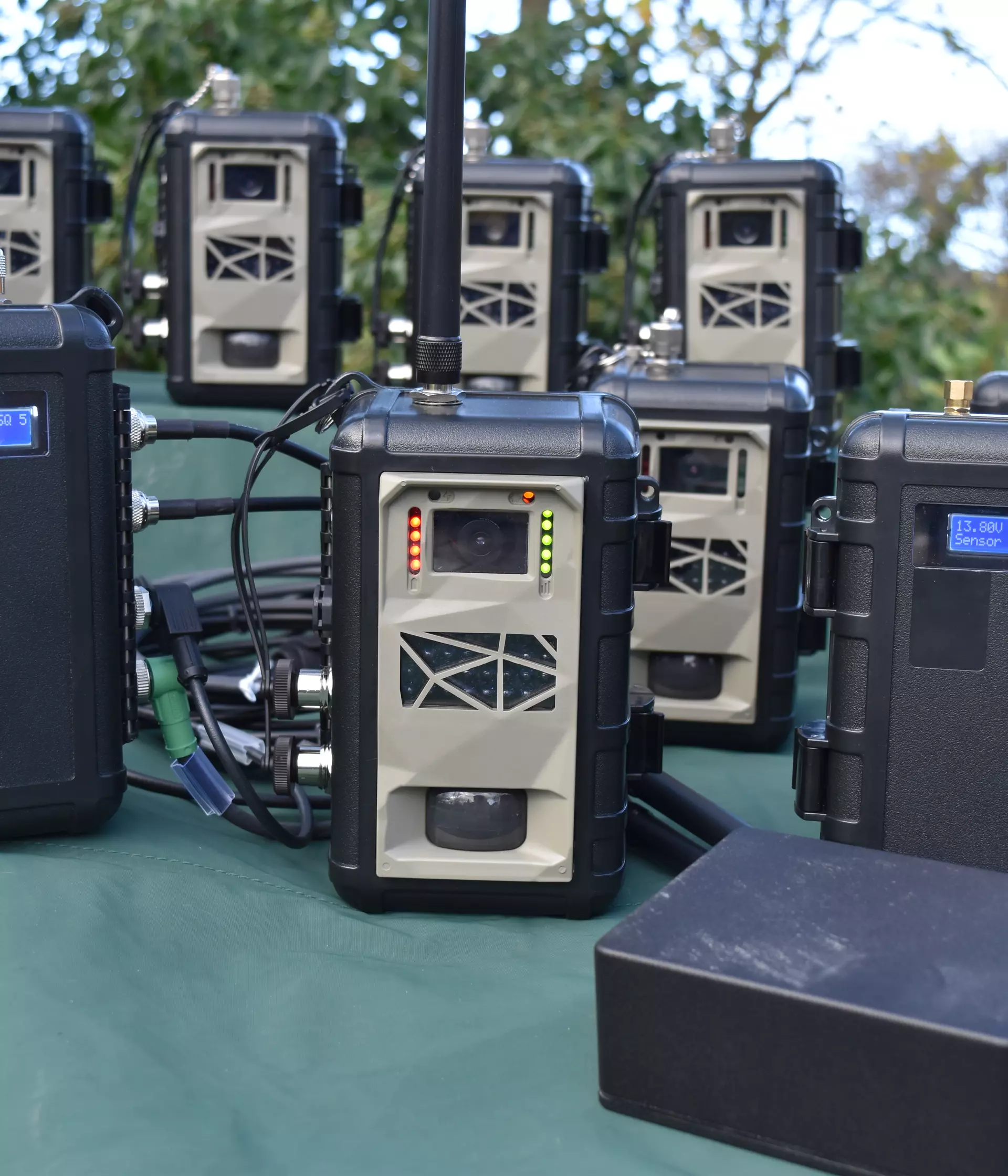Connecting the wild with Instant Detect 2.0
Imagine if you could place a camera or sensor anywhere on the planet and see the images and data it captures instantly.
Where would you put yours? What might you discover? Could it change the world?
Remote camera traps and sensors have revolutionised our understanding of the natural world. However, when conservationists, scientists, and wildlife rangers deploy these devices in the most remote and difficult to access landscapes, they typically have to wait months to retrieve their images or sensor data. It then takes even more time to process the collected information and understand what conservation action they need to take. Sometimes it is too late.
Imagine how much quicker, more targeted and effective their conservation work could be if they could see their images and sensor data in real time. This the aim of Instant Detect 2.0.
Wildlife monitoring with Instant Detect 2.0
Instant Detect 2.0 is a wildlife, environment and threat monitoring system designed by conservationists for conservationists. The system consists of multiple battery-powered cameras and sensors that capture images and data and then transmit it to the cloud in near real-time using satellite connectivity.
The Instant Detect 2.0 system has a wide range of conservation applications and will be used for monitoring wildlife health, managing human/wildlife conflict, protecting endangered species from poachers, and enabling scientific research of the environment.
Instant Detect 2.0 will enable conservationists, scientists and wildlife rangers to observe, understand and protect wildlife and the natural environment in ways that have never before been possible. From the darkest wettest jungles to baking dusty deserts, or tropical archipelagos to the frozen beaches of Antarctica, the possibilities are endless.
How does Instant Detect 2.0 work?
An Instant Detect 2.0 system consists of a Base Station and multiple Camera and Sensor Endpoints.
When a Camera captures an image or a Sensor Endpoint receives data, it sends the information to the Base Station using Long Range (LoRa) radio. The Base Station then transmits the images and data to the cloud using Iridium satellite connectivity. An intuitive internet-based platform called Instant Detect Cloud enables (near) real-time viewing of the images and data, as well as easy management and analysis. Data is secure and only the owners of a system have access to the data and images collected.
What’s next?
ZSL’s Monitoring and Technology Programmes have been developing Instant Detect 2.0 since 2017. The system is undergoing final Alpha testing in Whipsnade Zoo and will then be deployed by Beta testers in several real-world conservation field sites. This will ensure that the system’s performance and limitations are completely understood before releasing the system further.
If you are a conservationists, scientists or wildlife ranger with experience working with innovative technology and you would like to be a Beta tester of the Instant Detect 2.0 system, please contact sam.seccombe@zsl.org.
Find out more about our work developing technology for conservationists
People Involved
-
Anthony Dancer, Monitoring and Technology Programme Manager
-
Sam Seccombe, Technical Project Manager
-
Kate Moses, Project Manager
General enquiry: Sam.Seccombe@zsl.org
Partners and Supporters
-
Iridium
-
Cambridge Design Partnership
-
Octophin Digital
-
USAID Wildlife Crime Tech Challenge
-
Players of People’s Postcode Lottery
-
National Geographic Society
From lab to field, hands on and behind the scenes, we’re leading the future of conservation, shaping agendas and influencing change to support better life, health and living for people and wildlife. Join us on our journey of recovery,
